Today we leave Chamonix and venture north towards Bern – passing through the Gruyères region, and by Lake Geneva.
Breakfast
Once again, we ate a delicious breakfast at Hotel L’Arve, and immediately hit the road, heading through Vallorcine and Martigny [again], then going north to the western shore of Lake Geneva.
Martigny
We drove through the mountain pass Col de la Forclaz across the French-Swiss border towards Martigny. We passed through here the other day, but instead took the Great St. Bernard Pass south into Italy.
We stopped here the other day when we went to the amphitheater and St. Bernard Museum, but I’ll take this time to show you some pictures from the road, and give you a snippet about the town below.
Martigny, Switzerland is the junction of three countries. To the south, the Great St. Bernard Pass goes into Italy, and to the east, the Col de la Forclaz mountain pass zig-zags into France.
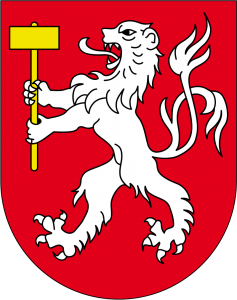 Coat of Arms
Coat of Arms
In the 1st century BC, the Roman name for the settlement was Octodurum, and today it is a thriving city of ~15,000. The castle Château de la Bâtiaz has stood on a hill above Martigny since 1232.
Martigny is the capital of the district of Martigny in the canton of Valais. The city has a restored Roman amphitheater that hosts traditional [non-lethal] Swiss cow “fights”.
Montreux
Next, we continued north to Montreux, which sits on the western point of Lake Geneva.
Montreux is on the east shore of Lake Geneva, and has a metro population of ~90,000. Originally dating back to the Bronze Age (3300 BC), the city was along an important Roman trade route.
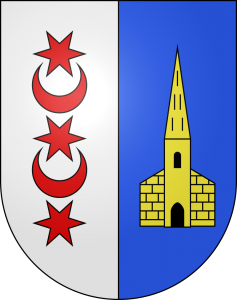 Coat of Arms
Coat of Arms
The city has a deep musical history: Montreux hosts a famous jazz festival and a Freddie Mercury remembrance day. The song Smoke on the Water by Deep Purple infamously describes a fire which burned down the Montreux Casino, in which the band was about to record an album. Both Led Zeppelin and Queen recorded albums in Montreux.
The Canton of Vaud is the fourth largest canton in Switzerland, and the third most populous. Lausanne (a city I visited two years ago) is its capital.
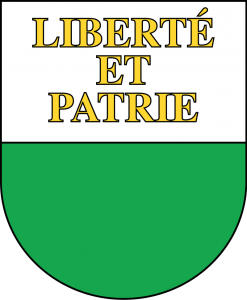 Coat of Arms
Coat of Arms
The canton stretches borders Lake Neuchâtel and the canton of Neuchâtel in the north, Lake Geneva (Lac Léman) and the canton of Geneva in the southwest, and canton of Valais in the southeast. Historically, the canton was largely French-speaking and Protestant; today, the population is split almost equally between Protestant and Roman Catholic.
Château de Chillon
On the south end of Montreux, we parked on the side of the road and walked to Château de Chillon, a castle dating back to the 11th century. We toured the castle for over two hours; it was very fascinating and we learned a lot about medieval history. We saw many chambers, weapons, art, paintings, and wooden artifacts. The castle had changed over the years (up until 1900) to fit new kinds of weapons, so the loopholes grew bigger.
Lake Geneva
After touring the castle, we walked alongside the lake and took a few more pictures.
Queen Studio Experience
In the casino in Montreux, there’s long been a famous recording studio (this is the studio that burned down, inspiring Deep Purple’s Smoke on the Water). Of all the artists who have recorded there, Queen is by far the most famous; they had their own private studio here. Now, the studio has been converted into a museum and is open to the public for free. We walked through for around 20 minutes, and then continued on our journey.
We enjoyed the last few minutes on our parking meter by strolling by the lake a little longer, and ate our macaroons by the lakeside.
La Maison de Gruyères
We drove to Gruyères (while listening to some Queen), and headed to La Maison de Gruyères, the primary cheese-making factory in the region. It started raining a bit, so it was a perfect time to head inside to taste some cheese, learn about the cheese-making process, and see the factory.
The tour was really interesting (and given from the perspective of the cow, “Cherry”); they talked about how the cheese gets its flavors from the flowers the cows graze in the high alpine meadows. There are over 75 flavor compounds detectable in the cheese, including violet, vanilla, thyme, cumin, and rose. They had smelling stations in the museum where you could smell each of the plants – delicious!

First, the milk is heated in copper vats until the curds reach the proper consistency.
Next, the curds are placed into molds. The molds are pressed for 16 hours to squeeze out the whey; then, soft cheese wheels are soaked in a salt brine for two days. Finally, the soft wheels of cheese are placed in a mold, and aged for at least five months.
La Maison de Gruyères
Gruyères, Switzerland

I know this isn’t exactly a restaurant, but they do feed you a lot of cheese, and that experience alone was worth the trip and the admission fee.
* – Would definitely visit again
** – Exceptional, must visit if you’re in the area
*** – Worth making a special trip to eat there
Gruyères
We left the cheese factory, drove about five minutes away, and parked at the foot of the hill atop which the city of Gruyères is perched. The area is a true farming community, with cows, sheep, chickens, etc. right in downtown.
First, we stopped at a chocolatier to buy two truffles made with the local double creme. They were incredible!
Next, we walked around the downtown area for a while, going in various shops and taking pictures of the scenery. Gruyères had a massive castle, but we opted not to go in for sake of time and money (and from reading in our guidebook that it might not be worth the time/money). Instead, we briefly went in the local church.
Dinner - Chalet de Gruyères
We hadn’t really eaten lunch, other than a pack of trail mix from Aldi and our chocolate pops, so we decided to seek out dinner. Everything in the city is very expensive, so we opted for the restaurant that had the most locals and the best atmosphere. Actually, it had far more patrons than any of the other restaurants in town, even though it was a little more pricy.
Our dinner destination of choice was Chalet de Gruyères, a cozy traditional Swiss restaurant with a small menu serving mainly local products. Recordings of yodeling, alphorns, and accordion serenaded us while we ate. We split fondue (made with certified local cheese) for two, which came with bread, potatoes, pickles, and very strong pearl onions to dip in the cheese. It was exceptionally flavorful, but too much for us to finish unfortunately.
Chalet de Gruyères
Gruyères, Switzerland

The quintessential spot for fondue at the origin of Gruyère cheese – it was as good as one would expect.
* – Would definitely visit again
** – Exceptional, must visit if you’re in the area
*** – Worth making a special trip to eat there
Fribourg
Leaving Gruyères, we headed towards our hotel in Bern. On the way, we detoured through the medieval city of Fribourg to see the sights – big mistake. Traffic was HORRENDOUS and the streets were narrow and confusing. It didn’t help that the city was build on an extremely steep hill. We left as quickly as possible, and continued to Bern.
Bern
We arrived at Hotel Waldhorn in Bern around 20:00, checked in, drove our car into a car elevator (that was a new one – very tight and nerve-wracking), parked in the basement, and then settled down in our room for the evening. The hotel was small, but very nice.
Goodnight
That’s all for today. Tomorrow, we’ll explore the city of Bern, and travel on to Zürich.
Thanks for following along! If you haven’t already, click to subscribe to our posts.

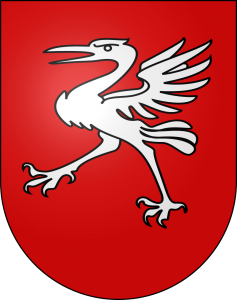
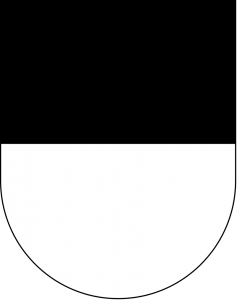
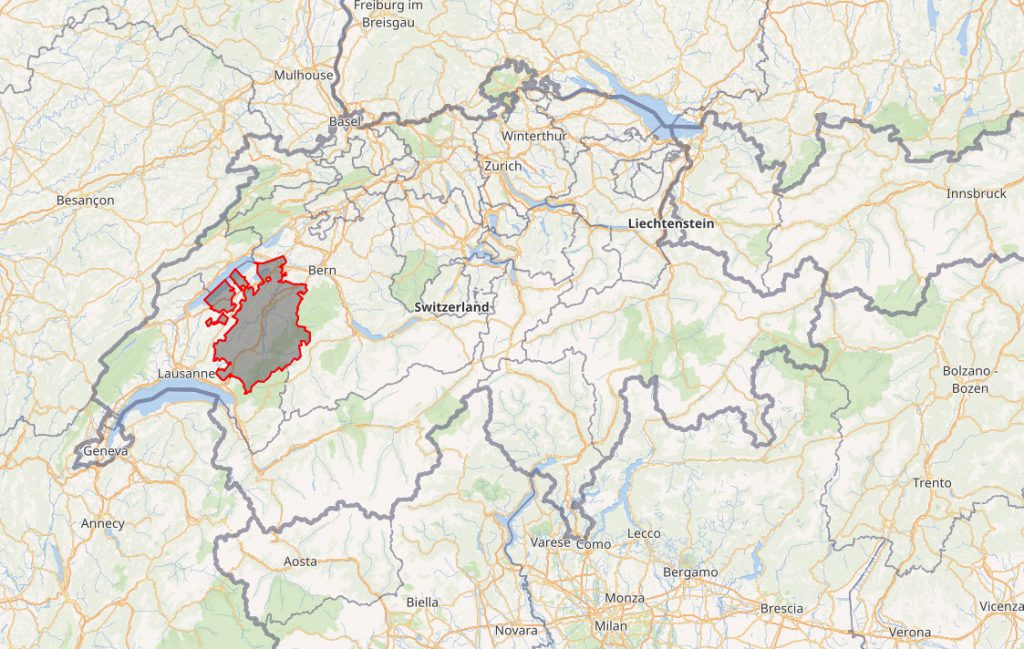



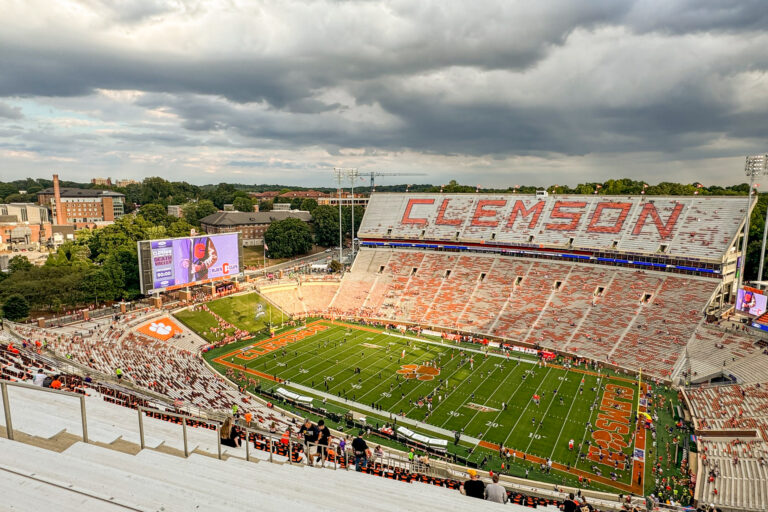
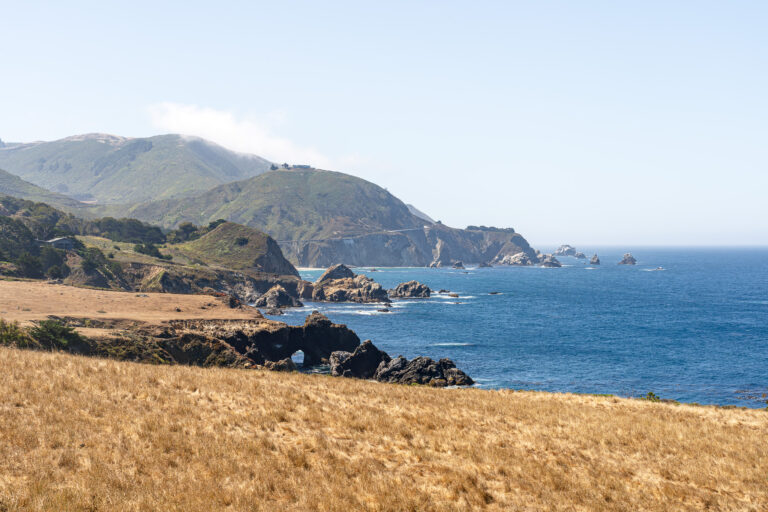
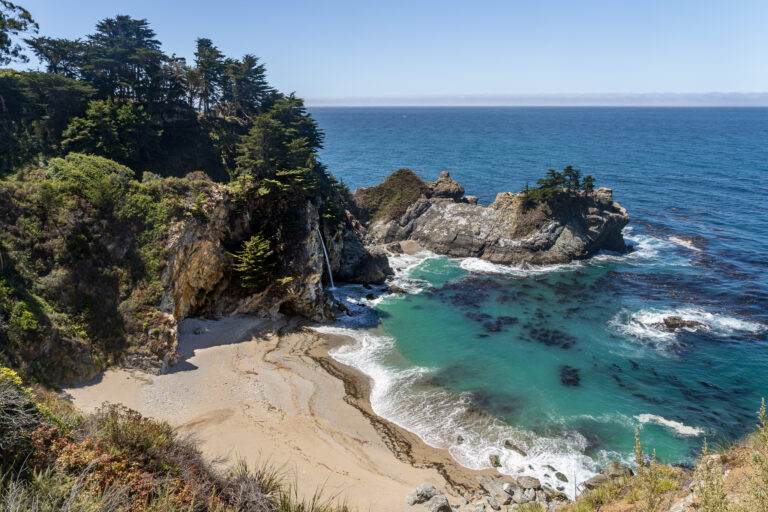
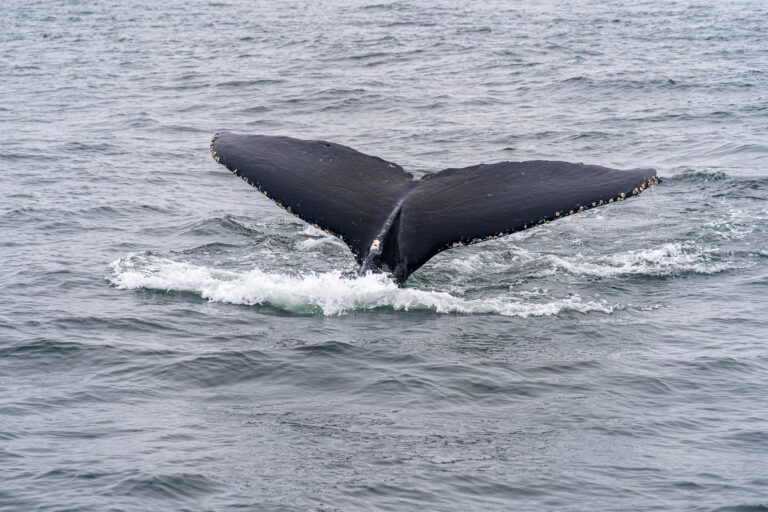
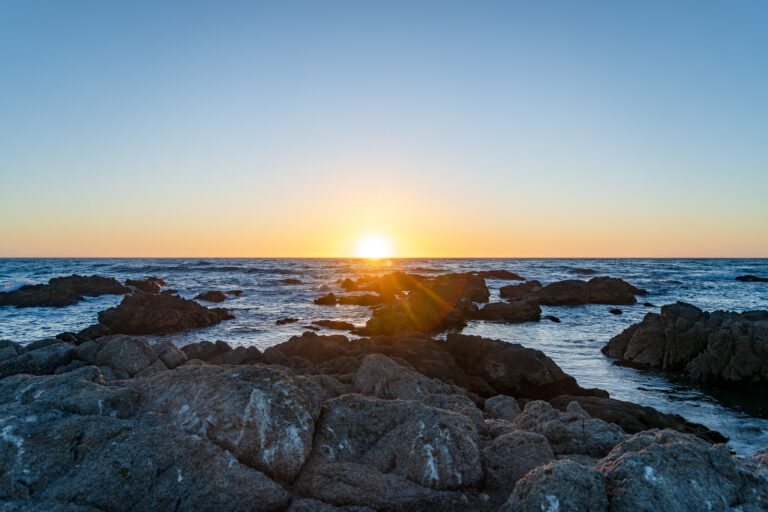
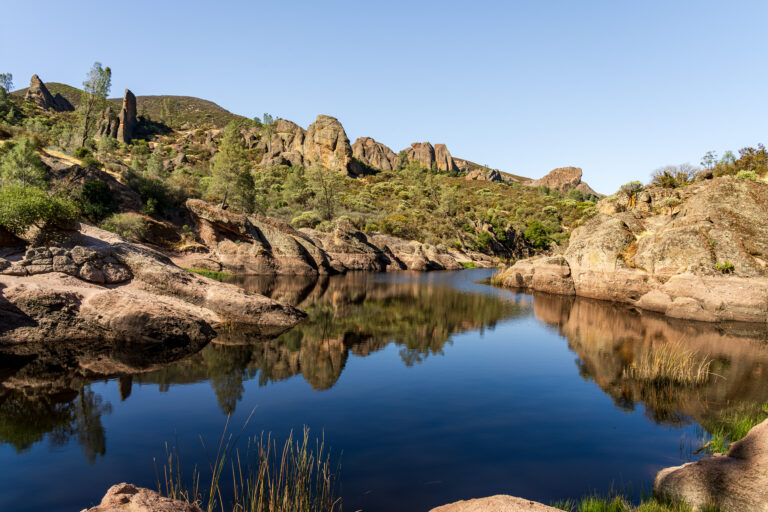
3 Responses
What amazing pictures and your descriptions are amazing too. I sure am enjoying your travels.
Great pictures and information.
I had an eight track with Deep Purple’s Smoke on the Water on it in about 1971.
Didn’t know about Queen’s recording studio.
Travel safely. Love you both.
Well, you really covered a lot of territory today. My favorites today were the cow pics against that very green grass, and the castle photos. Your outdoor pics were framed by near-perfect light.
I am sure you enjoyed that cheese factory tour, and the fact that they had ‘smelling stations’ set up as an extra dimension of the tour.